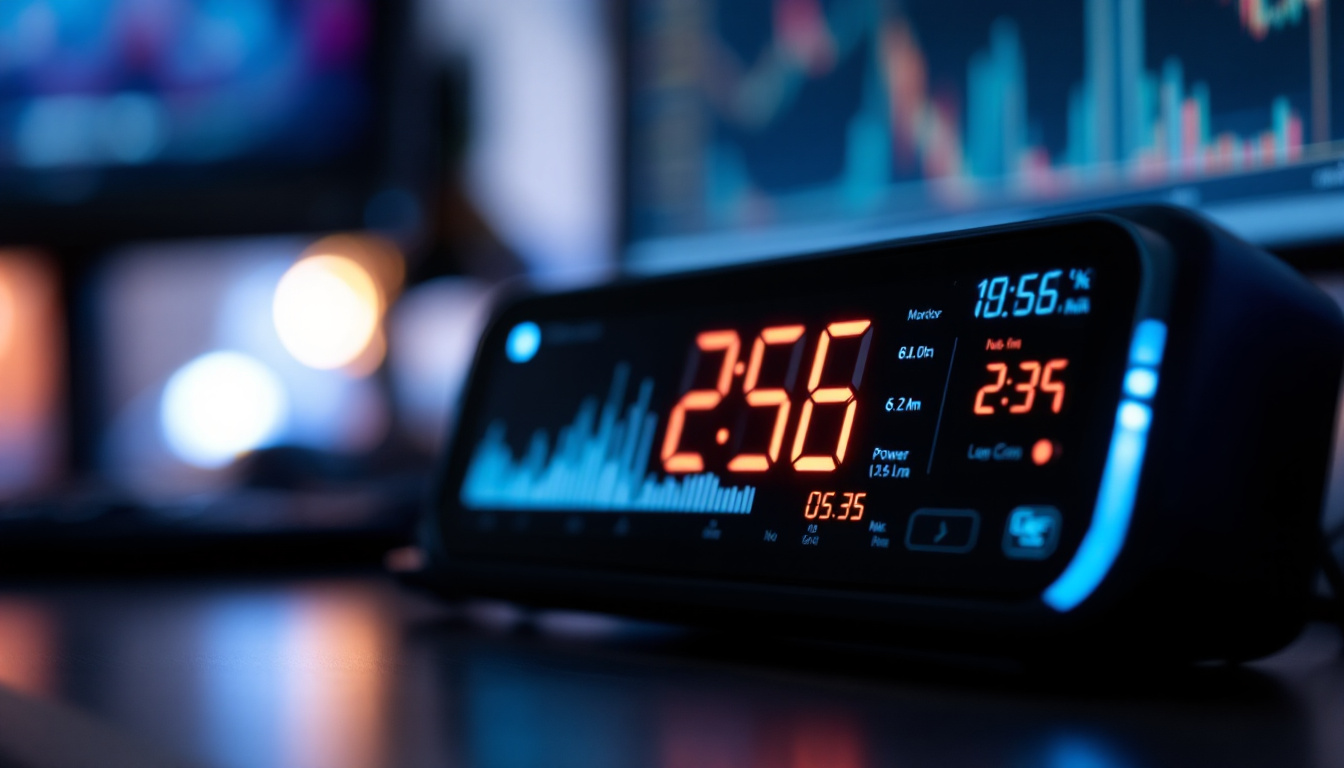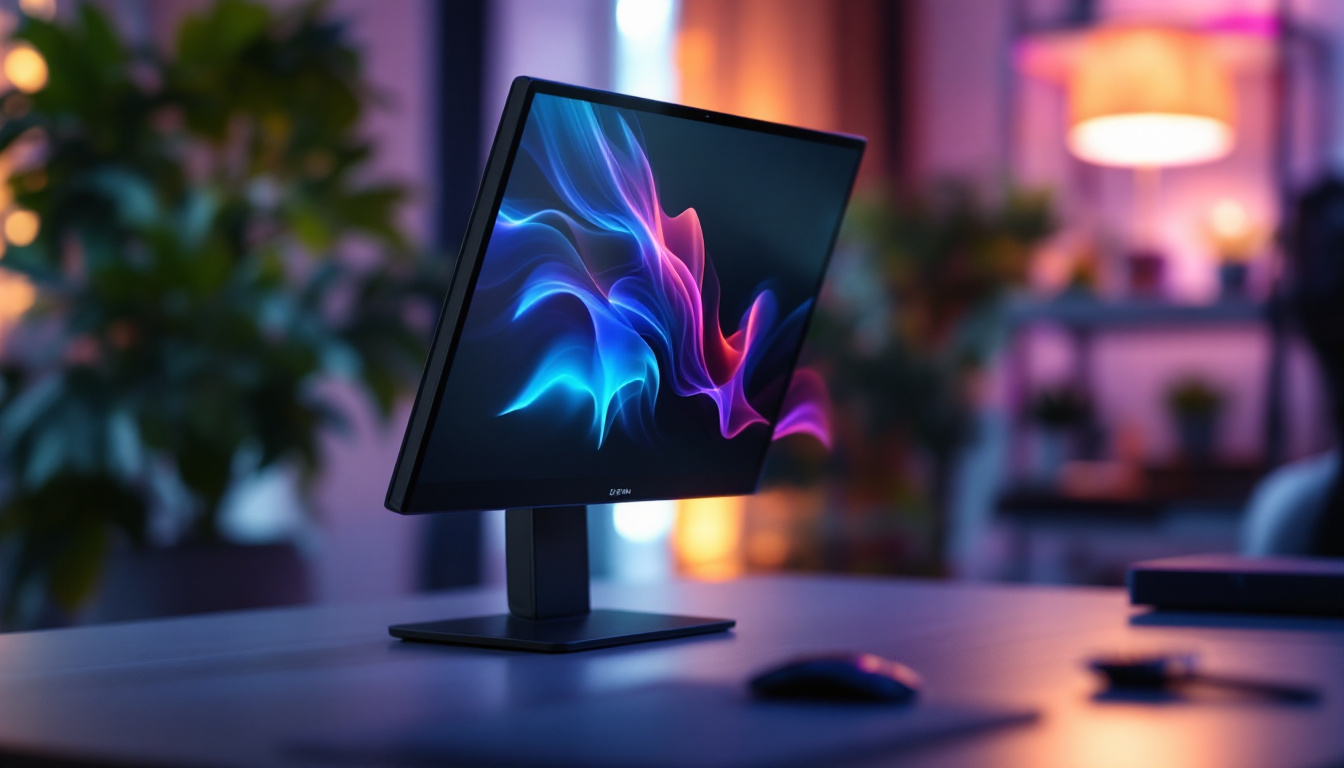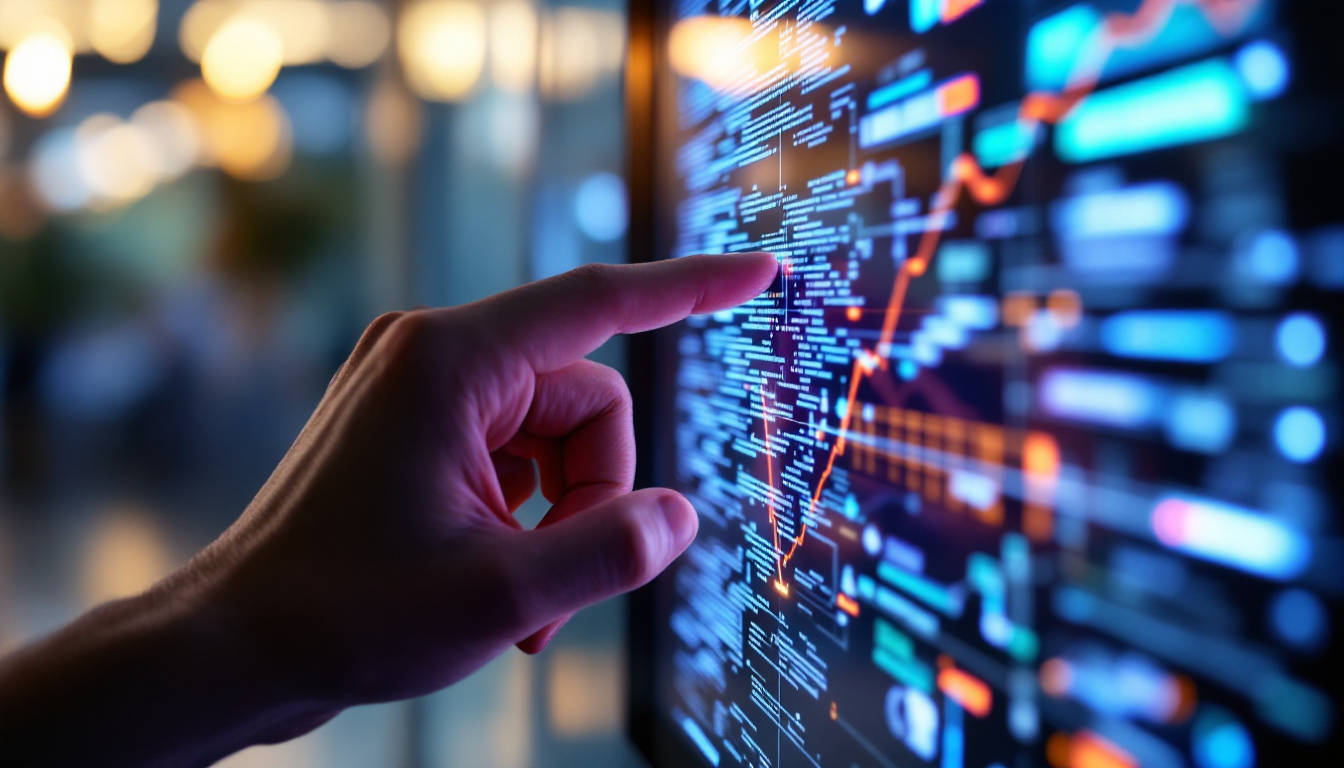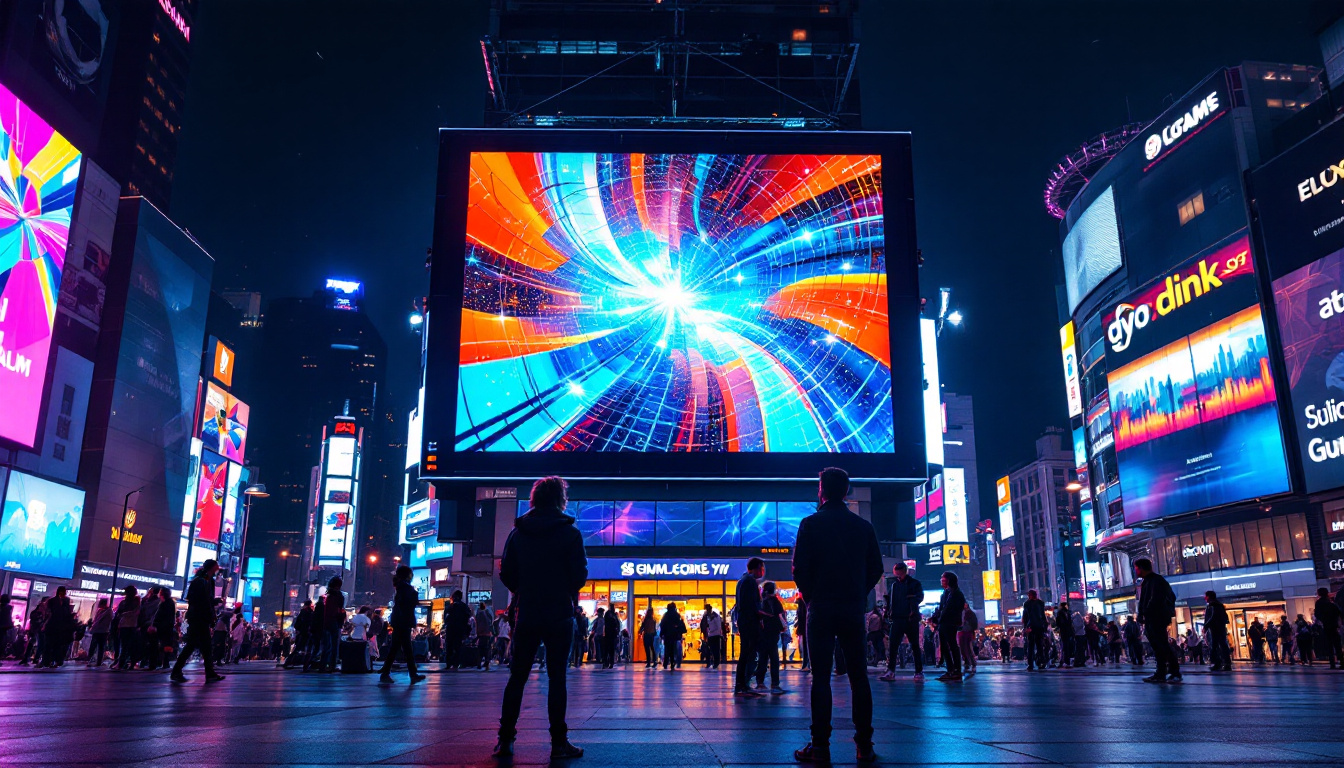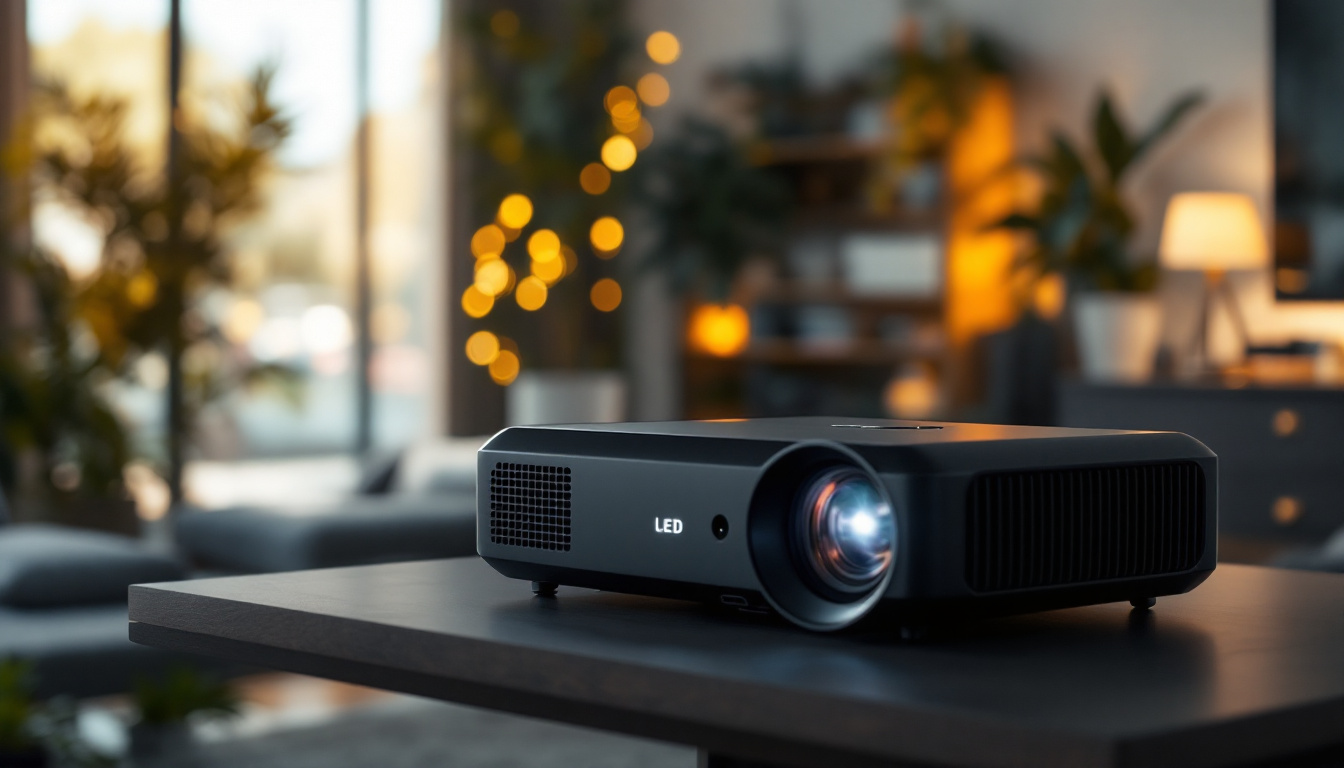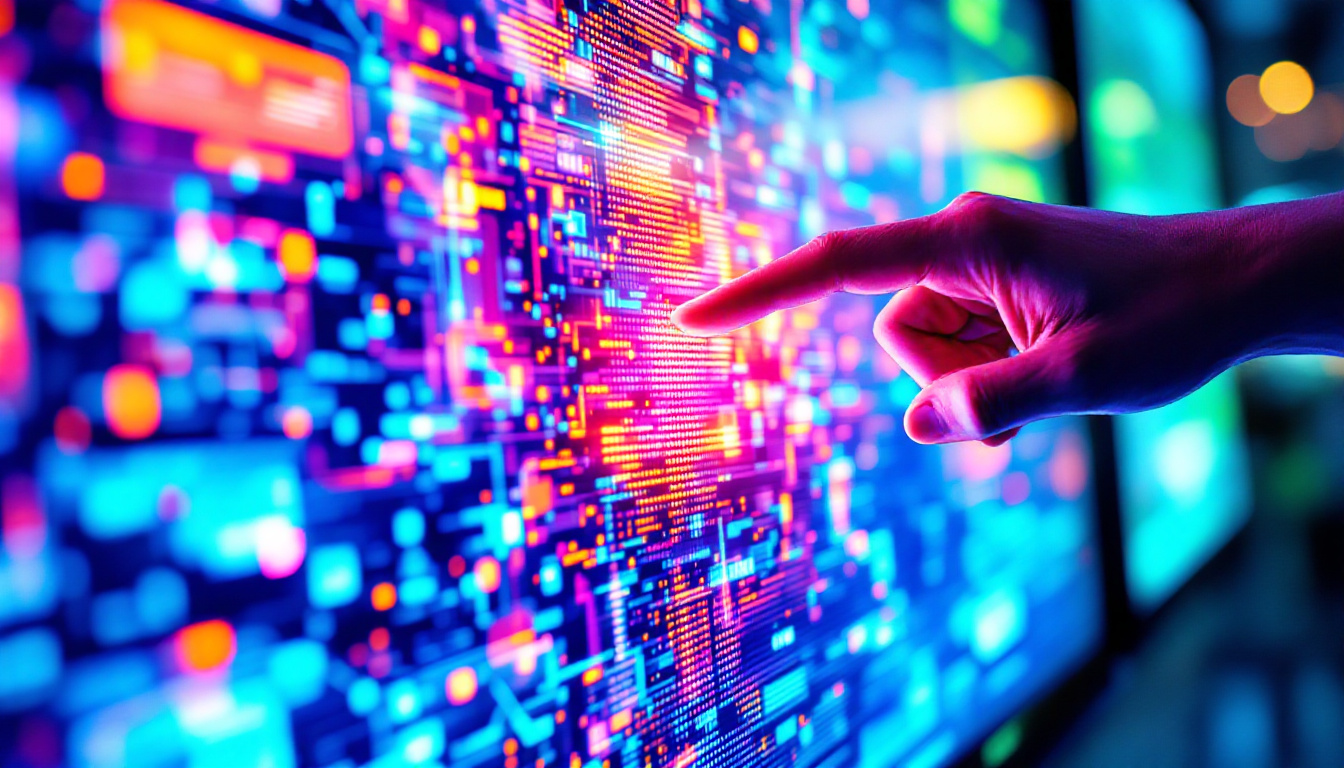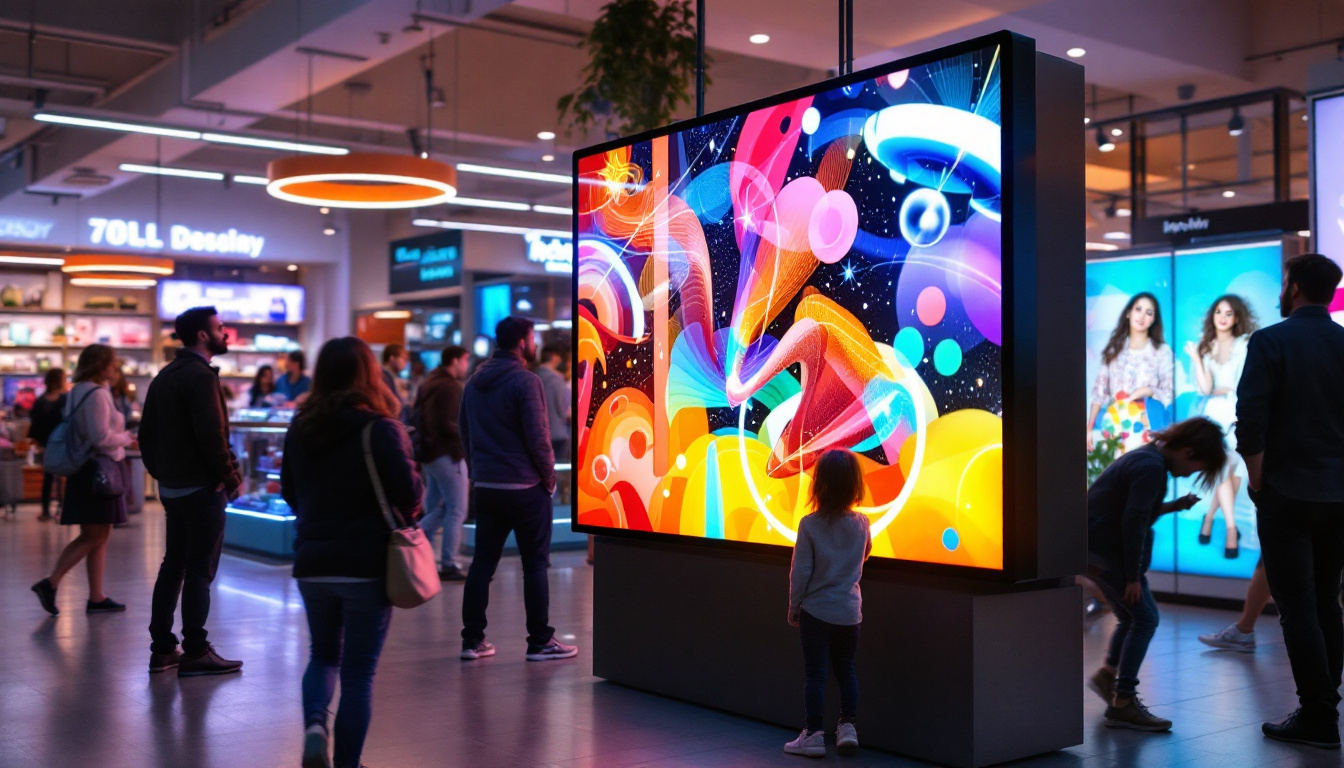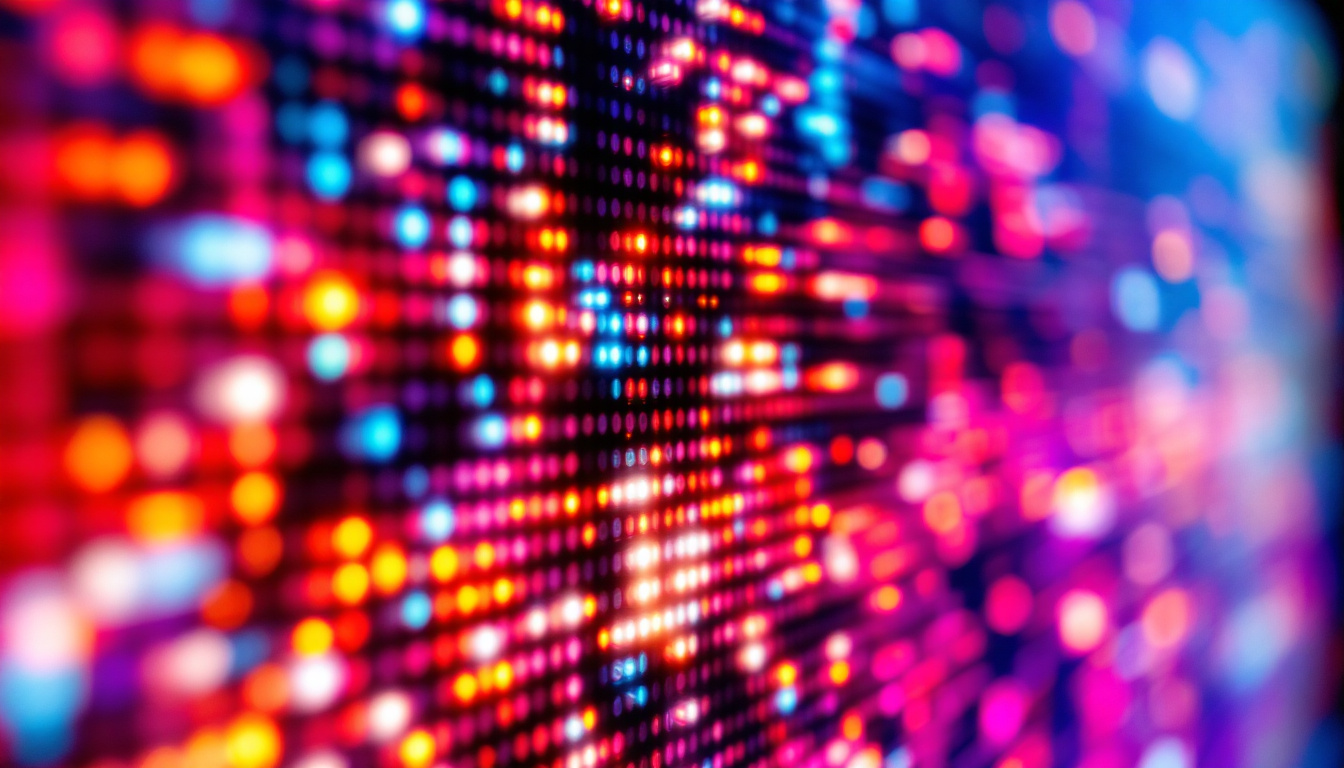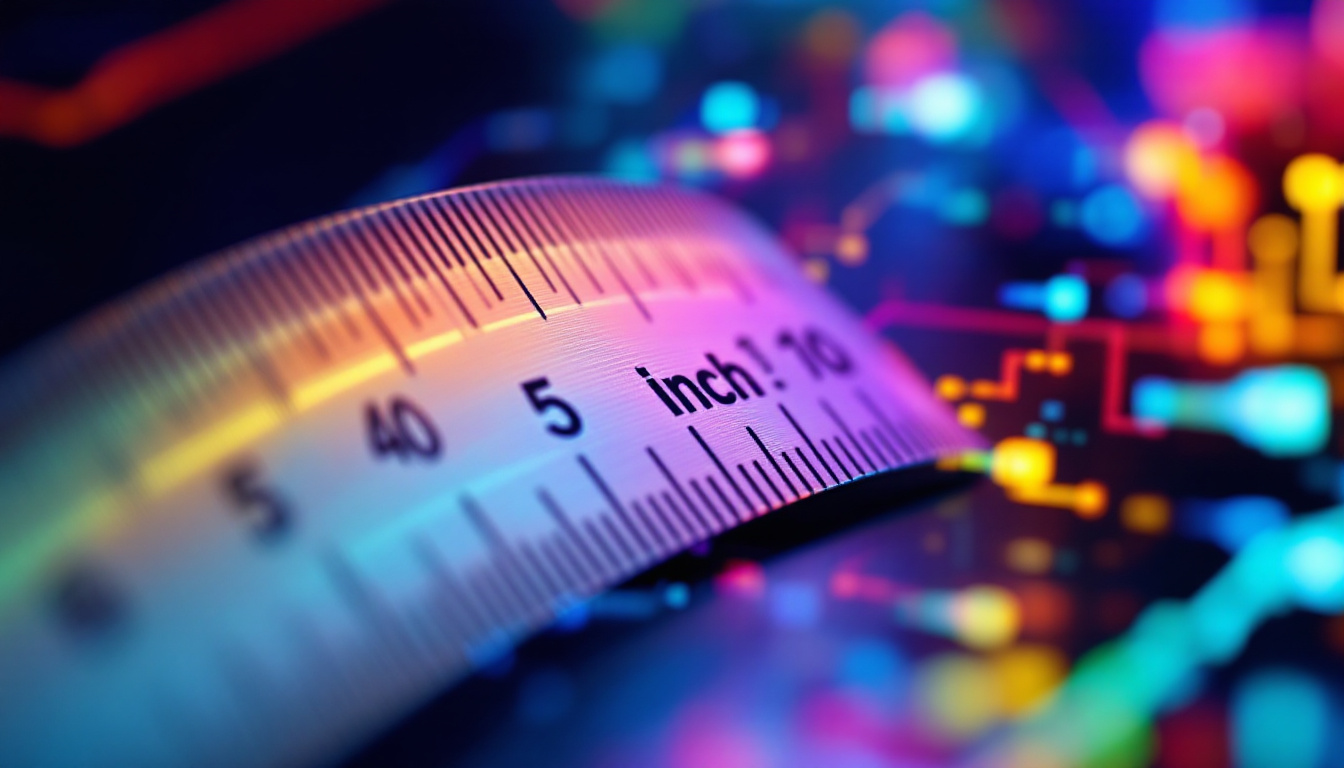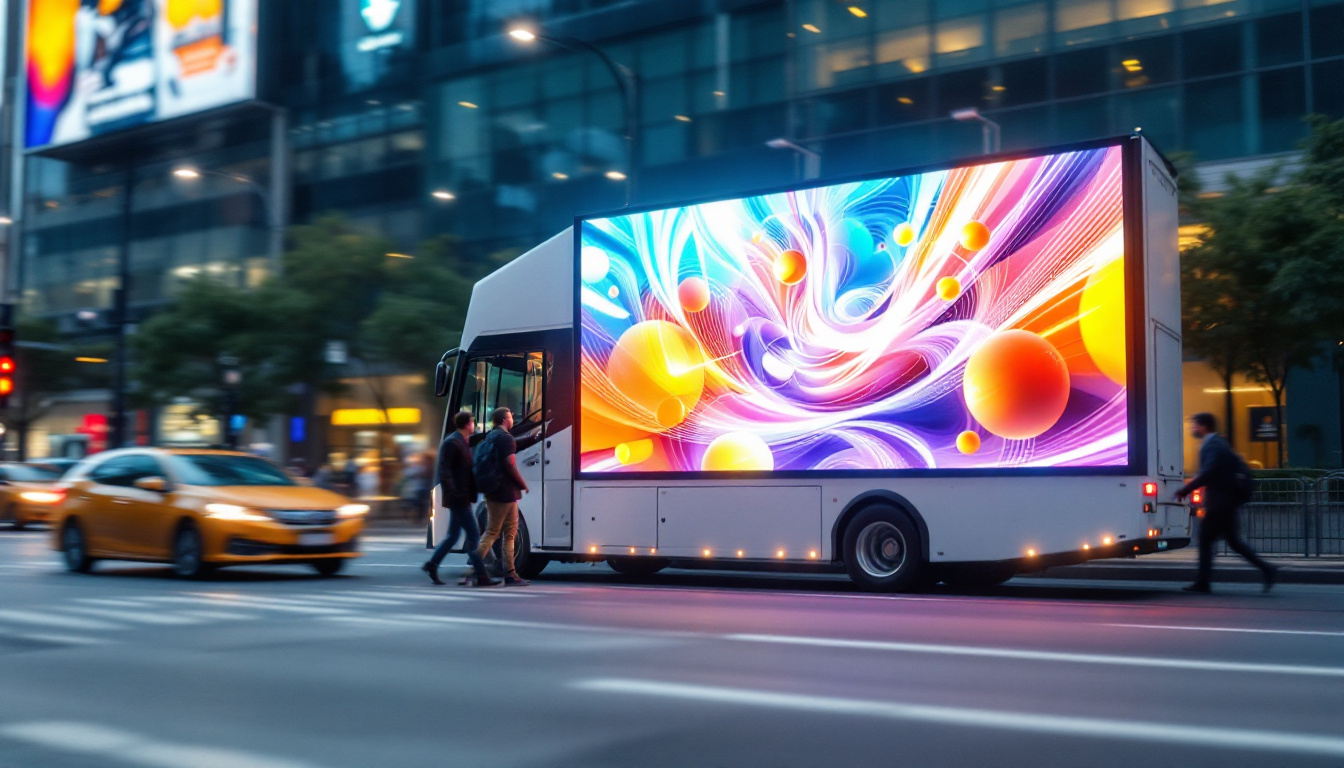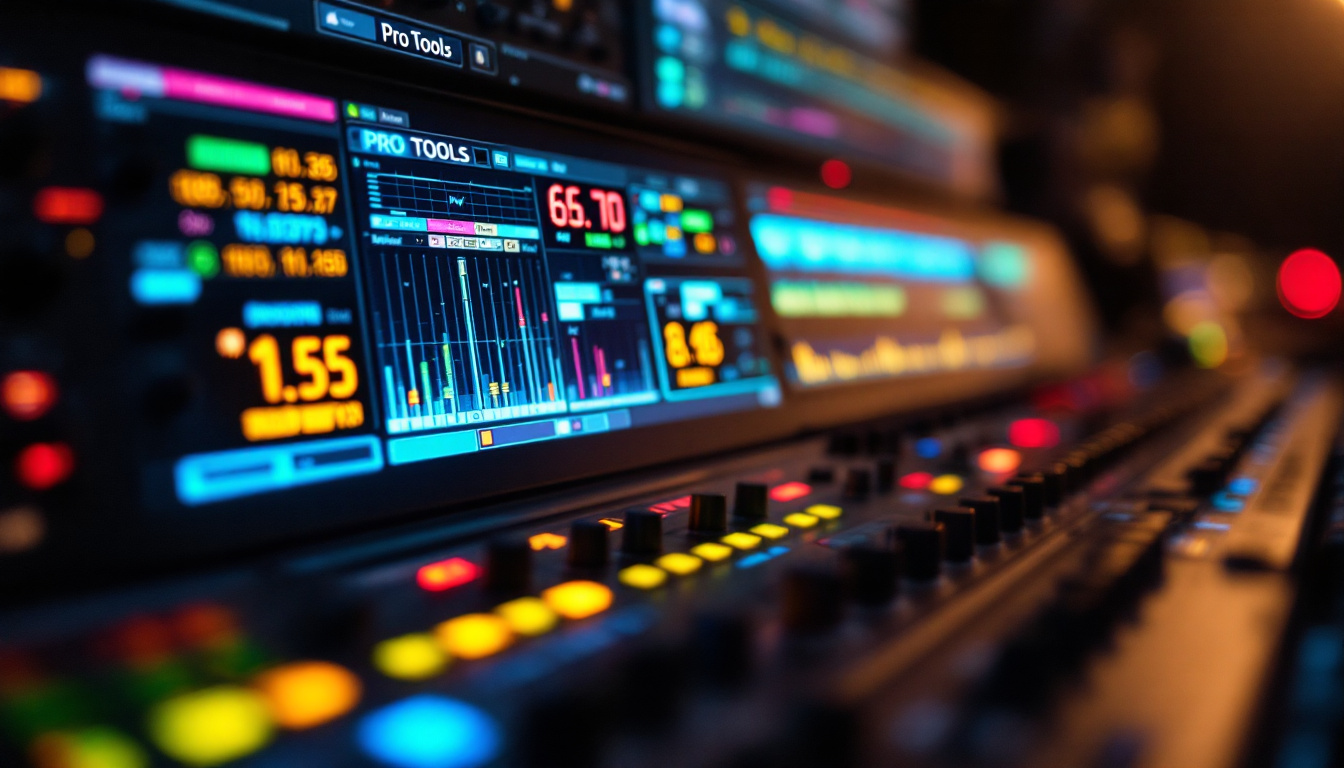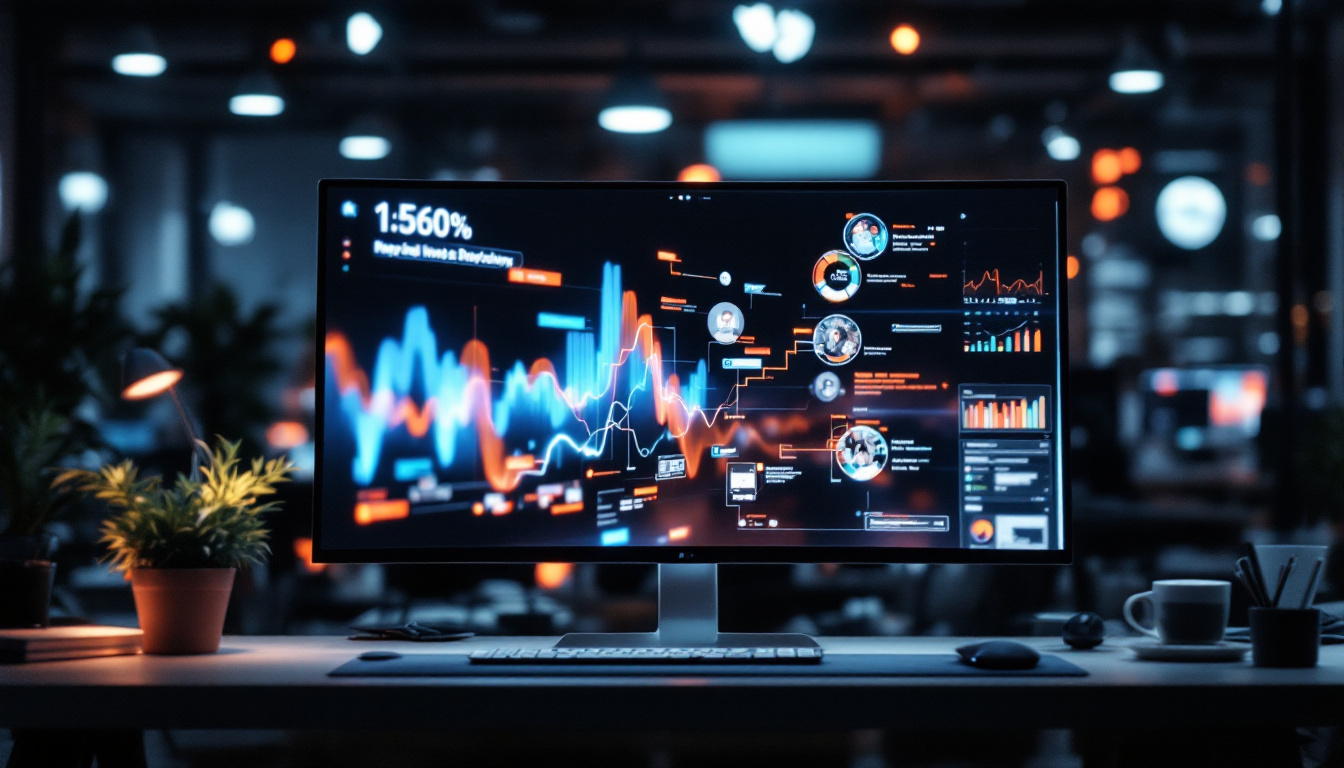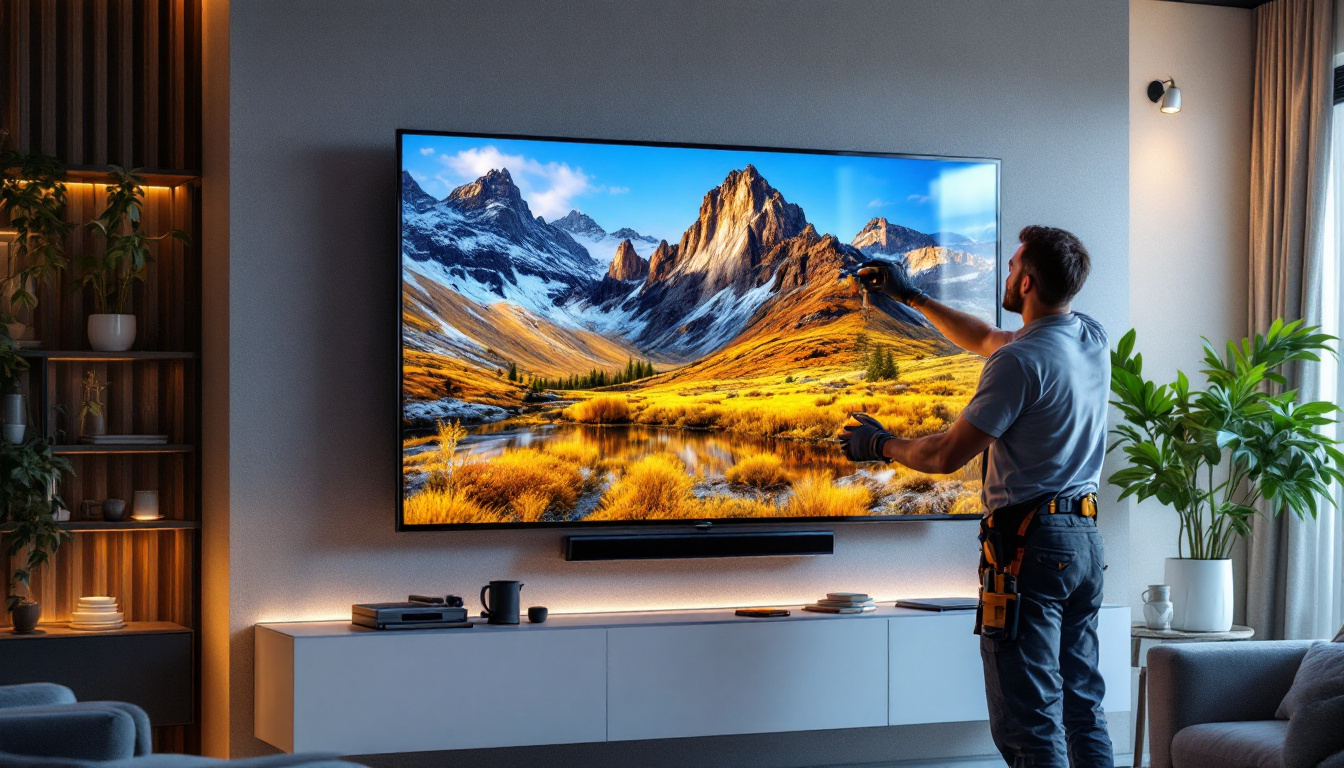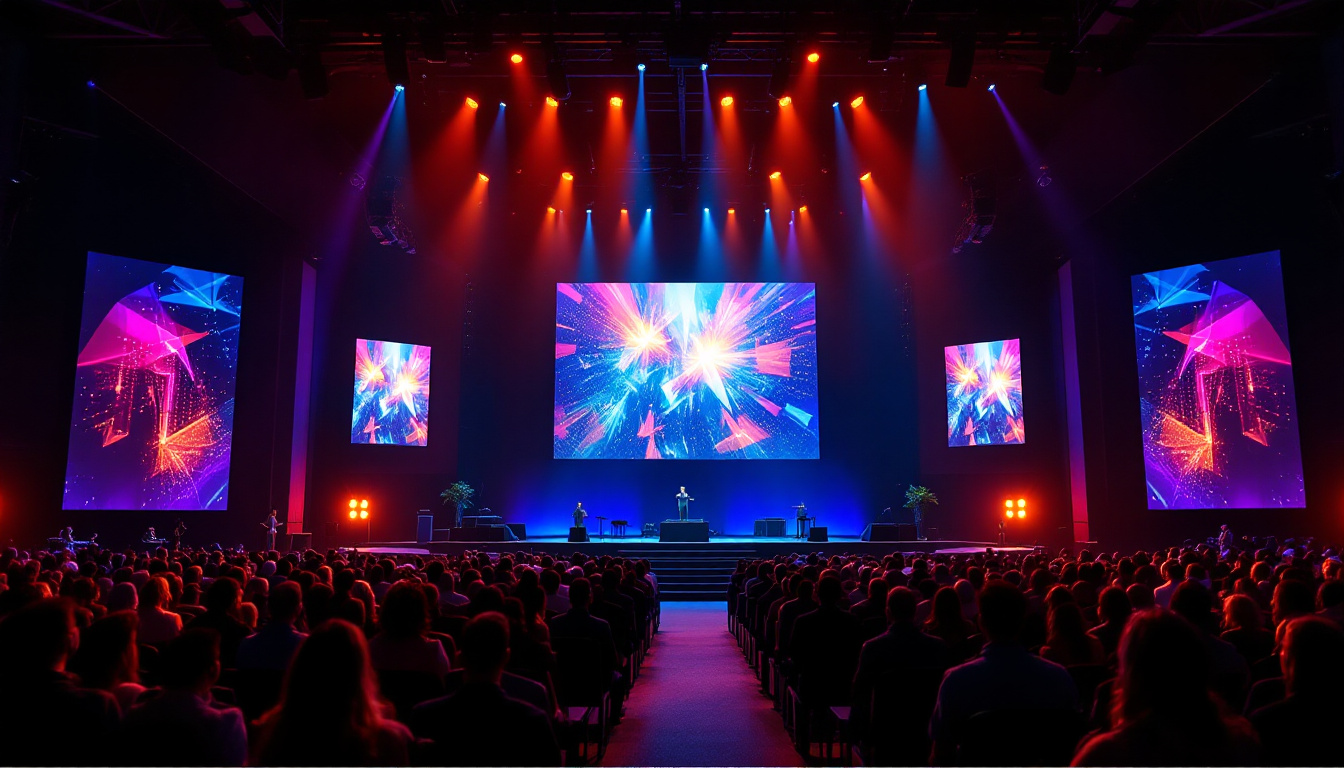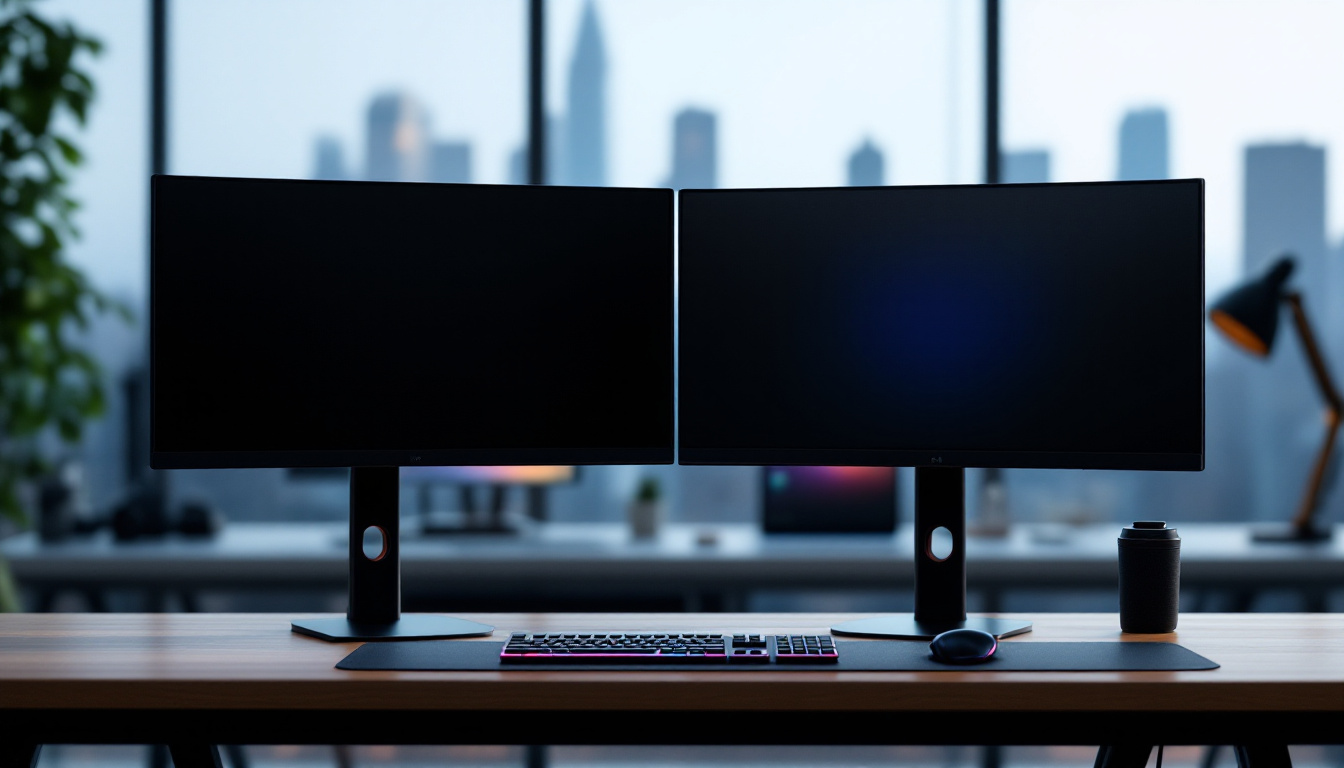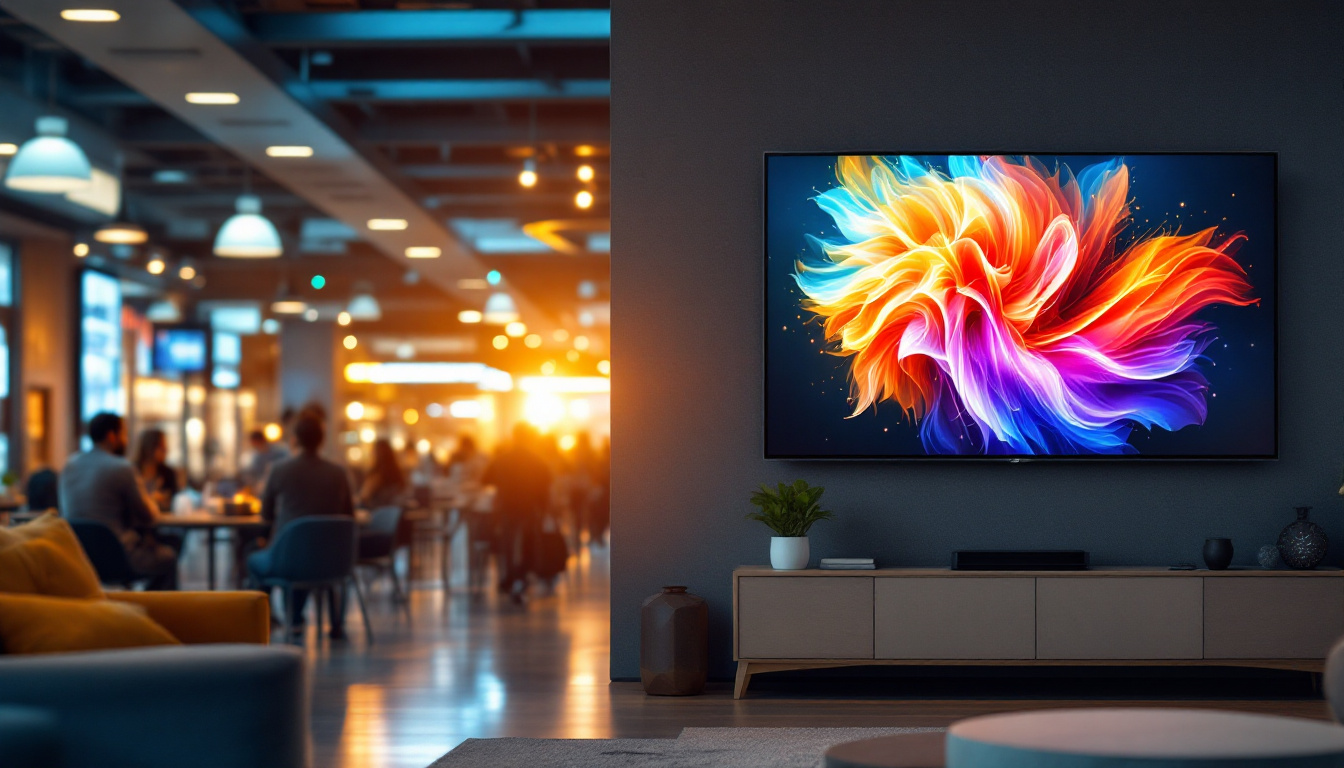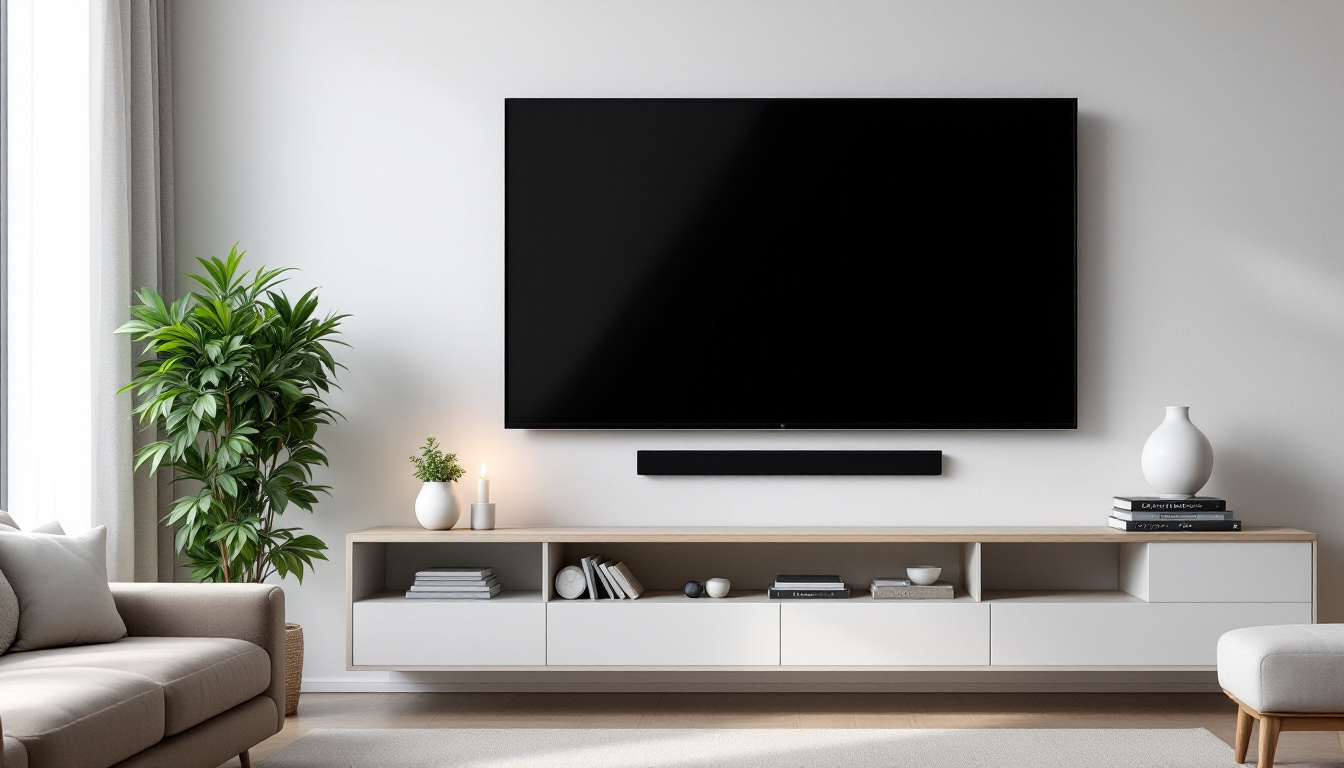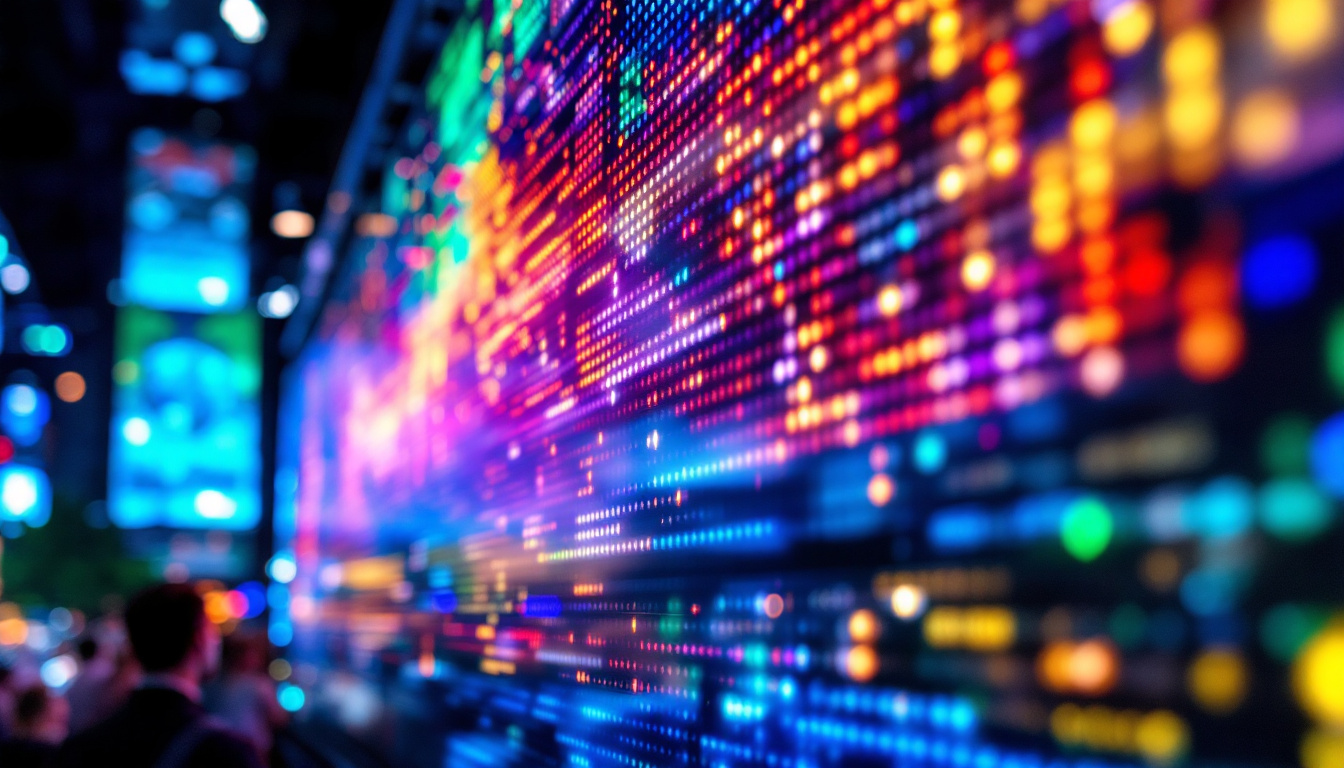PC Power Usage Monitor: LED Display Explained
In today’s technology-driven world, understanding power consumption is more important than ever. With the increasing reliance on computers for both work and leisure, monitoring power usage can help users optimize their energy consumption, reduce costs, and promote sustainability. One effective way to achieve this is through a PC power usage monitor equipped with an LED display. This article will delve into the intricacies of these devices, explaining their features, benefits, and how they can enhance your computing experience.
Understanding PC Power Usage Monitors
A PC power usage monitor is a device that tracks the amount of electricity consumed by a computer. These monitors provide real-time data, allowing users to see how much power their systems are using at any given moment. This information can be invaluable for both individual users and businesses seeking to manage their energy expenses more effectively. By understanding their power consumption, users can identify energy-hungry components and optimize their systems for better efficiency, ultimately leading to cost savings on electricity bills.
How Do Power Usage Monitors Work?
Power usage monitors typically connect between the power source and the computer. They measure the voltage and current flowing through the device, calculating the power consumption in watts. Many modern monitors also provide additional features, such as tracking energy costs over time, logging historical data, and even offering insights into peak usage times. Some advanced models can even integrate with smart home systems, allowing users to control their energy consumption remotely via smartphone apps.
These devices often come equipped with an LED display, which visually represents the data in an easy-to-read format. The LED display can show various metrics, including current power usage, cumulative energy consumption, and estimated costs based on local electricity rates. Additionally, some monitors offer customizable alerts that notify users when their power usage exceeds a certain threshold, helping them to take proactive measures to reduce consumption.
Key Features of LED Displays
The LED display is a standout feature of many power usage monitors, providing users with immediate feedback on their energy consumption. Here are some key features that enhance the usability of these displays:
- Real-Time Monitoring: Users can see their power usage in real-time, allowing for immediate adjustments to reduce consumption.
- Historical Data: Many monitors store historical data, enabling users to track their energy usage patterns over time.
- Cost Estimation: Some models calculate the estimated cost of electricity based on usage, helping users make informed decisions about their energy consumption.
Moreover, the ability to compare energy usage across different devices can be particularly beneficial for users looking to optimize their setups. For instance, gamers can assess the power draw of various components like graphics cards and processors, leading to more informed choices when upgrading hardware. Additionally, businesses can utilize this data to identify which machines are the most energy-efficient, allowing them to allocate resources more effectively and potentially reduce their carbon footprint.
Another innovative feature found in some power usage monitors is the integration of energy-saving modes. These modes can automatically adjust the power settings of connected devices based on usage patterns, ensuring that energy is not wasted during periods of inactivity. This is especially useful in office environments where multiple computers may be left on overnight or during weekends, contributing to unnecessary energy costs. By leveraging these advanced features, users can not only save money but also contribute to a more sustainable future.
Benefits of Using a Power Usage Monitor
Implementing a power usage monitor can yield numerous benefits for both individual users and organizations. Understanding these advantages can help users appreciate the value of investing in such a device.
Cost Savings
One of the most significant benefits of using a power usage monitor is the potential for cost savings. By tracking energy consumption, users can identify which devices consume the most power and take steps to reduce usage. This can lead to lower electricity bills, especially for businesses that operate multiple computers or systems.
Additionally, by understanding peak usage times, users can adjust their habits to avoid high-energy costs during peak hours. This proactive approach can significantly impact overall energy expenses.
Environmental Impact
Reducing energy consumption not only saves money but also contributes to environmental sustainability. By monitoring and managing power usage, users can decrease their carbon footprint and promote a more eco-friendly lifestyle. This is particularly important in an era where climate change and environmental degradation have become pressing global issues.
Using a power usage monitor can help raise awareness about energy consumption habits, encouraging users to adopt more sustainable practices in their daily lives.
Choosing the Right Power Usage Monitor
With a variety of power usage monitors available on the market, selecting the right one can be a daunting task. Here are some factors to consider when making a choice.
Compatibility
Before purchasing a power usage monitor, it is essential to ensure compatibility with your computer system. Most monitors are designed to work with standard power outlets, but some may have specific requirements. Checking the specifications and compatibility with your devices will help avoid any potential issues.
Display Features
The LED display is a crucial aspect of any power usage monitor. When evaluating options, consider the clarity and size of the display. A larger, high-contrast display can make it easier to read data from a distance. Additionally, look for models that offer customizable display options, allowing users to choose which metrics are most important to them.
Data Logging and Connectivity
Many modern power usage monitors come equipped with data logging capabilities, enabling users to track their energy consumption over time. Some devices even offer connectivity options, such as Bluetooth or Wi-Fi, allowing users to sync data with smartphones or computers for more detailed analysis. This feature can be particularly useful for businesses that require comprehensive energy reports.
Installation and Setup
Setting up a power usage monitor is generally straightforward, but following the correct steps can ensure optimal performance. Here’s a simple guide to help with the installation process.
Step-by-Step Installation
1. **Unbox the Device:** Carefully remove the power usage monitor from its packaging, ensuring that all components are included.
2. **Connect the Monitor:** Plug the monitor into a power outlet, then connect your computer or device to the monitor’s output socket. Ensure that all connections are secure.
3. **Power On:** Turn on the monitor and your computer. The LED display should light up, showing initial readings.
4. **Configure Settings:** Depending on the model, you may need to configure settings such as local electricity rates or display preferences. Refer to the user manual for specific instructions.
Calibration and Maintenance
To ensure accurate readings, it’s advisable to periodically calibrate the monitor according to the manufacturer’s guidelines. Regular maintenance, such as cleaning the device and checking connections, can also help maintain its performance over time.
Real-World Applications
Power usage monitors can be beneficial in various settings, from home offices to large corporate environments. Understanding how these devices can be applied in real-world scenarios can highlight their versatility.
Home Use
For individual users, a power usage monitor can help identify which devices consume excessive energy. For instance, a gaming computer may draw significantly more power than a standard office PC. By monitoring usage, users can make informed decisions about when to power down devices or invest in energy-efficient alternatives.
Additionally, families can use these monitors to educate children about energy consumption, fostering responsible habits from a young age.
Corporate Environments
In a business setting, power usage monitors can play a crucial role in managing energy expenses. Companies can track the energy consumption of multiple workstations, servers, and other devices, allowing for strategic energy management. This can lead to significant cost savings, especially in larger organizations with extensive IT infrastructure.
Furthermore, businesses committed to sustainability can leverage these monitors to track their energy consumption and report on their environmental impact, enhancing their corporate social responsibility initiatives.
Future Trends in Power Monitoring Technology
The technology behind power usage monitors is continually evolving, with new features and capabilities emerging regularly. Staying informed about these trends can help users make the most of their devices.
Smart Home Integration
As smart home technology becomes increasingly prevalent, power usage monitors are likely to integrate more seamlessly with other smart devices. This could allow users to control energy consumption remotely, set schedules, and receive alerts when power usage exceeds predetermined thresholds.
Such integration can enhance user convenience while promoting energy efficiency across an entire household.
Advanced Analytics
Future power usage monitors may offer advanced analytics capabilities, providing users with deeper insights into their energy consumption patterns. This could include predictive analytics that forecast energy usage based on historical data, helping users make proactive decisions about their energy consumption.
Conclusion
PC power usage monitors with LED displays are invaluable tools for anyone looking to manage their energy consumption effectively. By providing real-time data, historical insights, and cost estimates, these devices empower users to make informed decisions that can lead to significant savings and a reduced environmental impact.
As technology continues to advance, the capabilities of power usage monitors will only improve, making them an essential component of energy management in both personal and corporate settings. Investing in a power usage monitor is not just a step towards cost savings; it is a commitment to sustainability and responsible energy consumption.
Enhance Your Energy Management with LumenMatrix
Ready to take control of your energy consumption with precision and innovation? Discover LumenMatrix’s comprehensive range of LED display solutions, from dynamic Indoor and Outdoor LED Wall Displays to specialized options like Vehicle, Sports, and Floor LED Displays. Embrace the future of visual communication with our Custom, All-in-One, and Transparent LED Displays, designed to captivate your audience and amplify your message. Check out LumenMatrix LED Display Solutions today and join the revolution in energy-efficient, high-impact digital signage.

